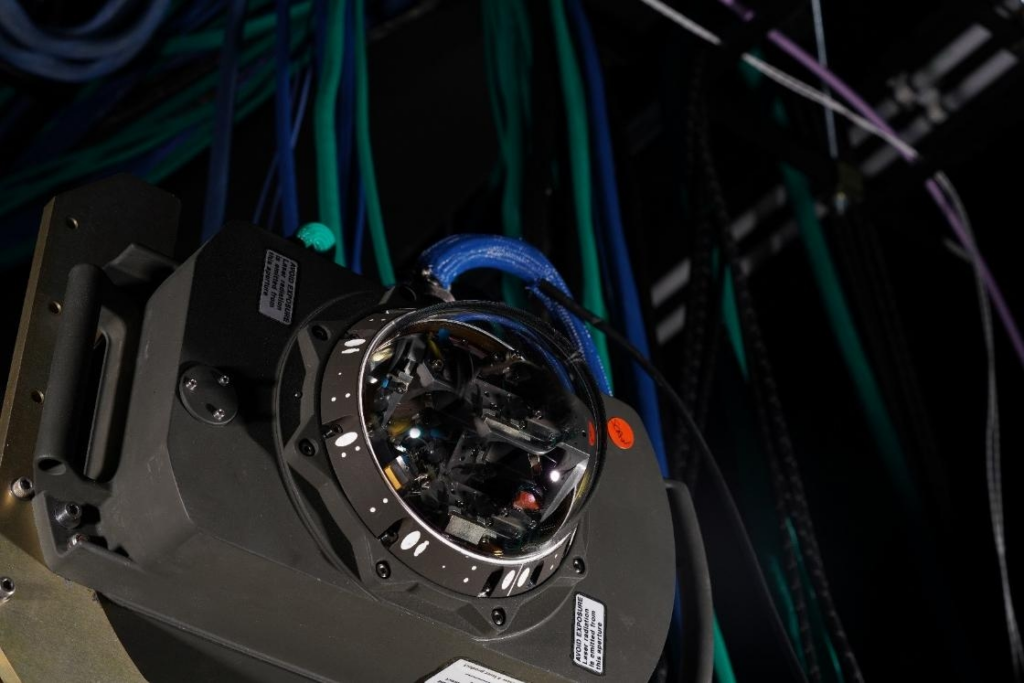
Late last month, Leonardo DRS announced the delivery of its 1,000th Solaris laser system component for the U.S. Army’s Common Infrared Countermeasures (CIRCM) anti-missile system. According to the company, the laser works to ‘dazzle’ a missile’s infrared guidance system allowing the aircraft to safely move away from the threat.
The next several years will see steady, high rates of annual production for the all-important CIRCM system as it replaces the previous, widely distributed Advanced Threat IRCM (ATIRCM) system, offering protection against shoulder-fired and vehicle-launched anti-aircraft missiles that home in on the heat signature of an aircraft. Army plans call for CIRCM to be installed on a total of 1,500 platforms into the next decade. This number will likely rise with increased demand over the next few years.
The systems will likely see installations on UH-60M, HH-60M, CH-47F, and AH-64E helicopters, as well as possible Future Vertical Lift (FVL), Future Aerial Reconnaissance Aircraft (FARA), and Future Long-Range Assault Aircraft (FLRAA).

In April 2021, the U.S. Army awarded prime contractor Northrop Grumman a five-year, indefinite delivery/indefinite quantity (IDIQ) contract valued at $959.1 million for full-rate production of the CIRCM system. The FY24 U.S. defense budget includes $1.5 billion in procurement funding through FY28 – including purchases of support equipment and other costs.
The February 2022 Russian invasion of Ukraine and the resulting war has provided stark demonstrations of the helicopter’s unique vulnerability to ground fire. This and previous lessons have only spurred strong support for CIRCM’s long development path over the previous decade and into its current, accelerated, production and installation phase.
Highlighting still more technological advancement, In October 2023, Northrop Grumman introduced CIRCM’s new missile warning sensor (MWS), the Advanced Tactical Hostile Engagement Awareness (ATHENA), which, the company states, is able to detect threats beyond infrared-guided missiles, including hostile fire and anti-tank guided missiles.
Andrew Dardine is lead analyst for Forecast International's Defense Electronic Systems group. He is the primary author of Forecast International's Electronic Warfare Forecast and co-author of Electro-Optical Systems Forecast and C4I Forecast. Andrew is also a regular contributor to FI's Defense & Security Monitor blog, offering insights into developing technologies such as directed-energy and next-generation jamming systems. His analysis of such vital market areas as EO/IR systems and electronic countermeasures technology has been cited in Defense News, Aerospace Daily, and Bloomberg Businessweek, among other news media. He has also written about the electronic defense market for Aviation Week and the Journal of Electronic Defense.



